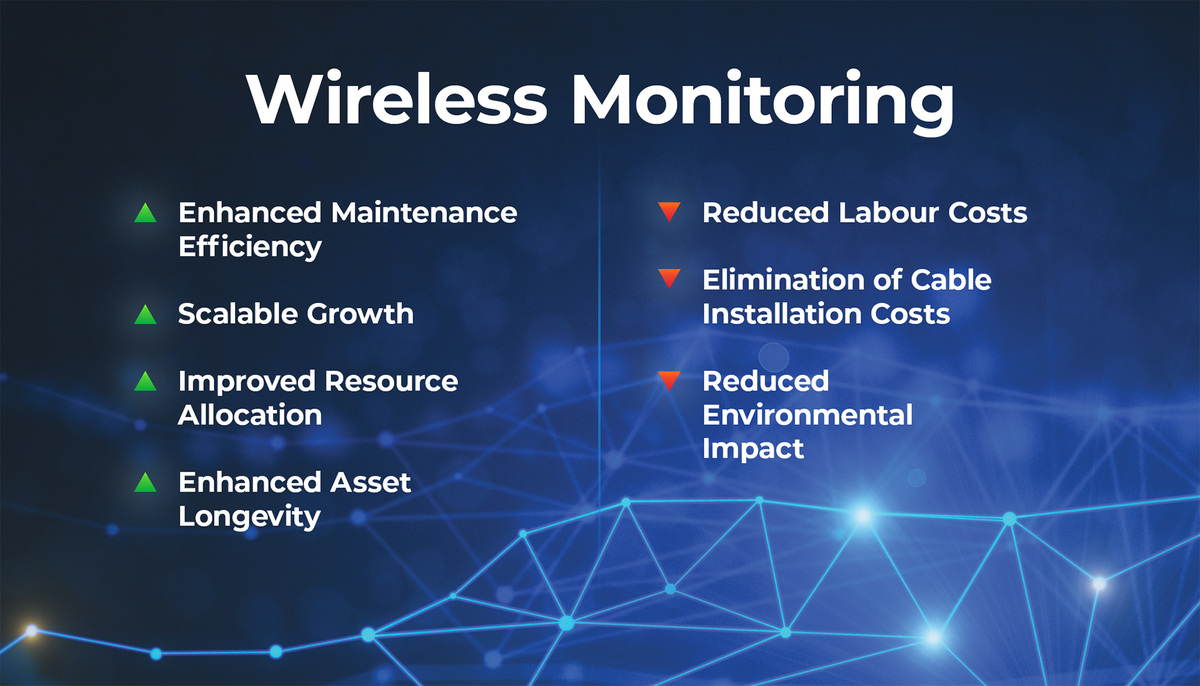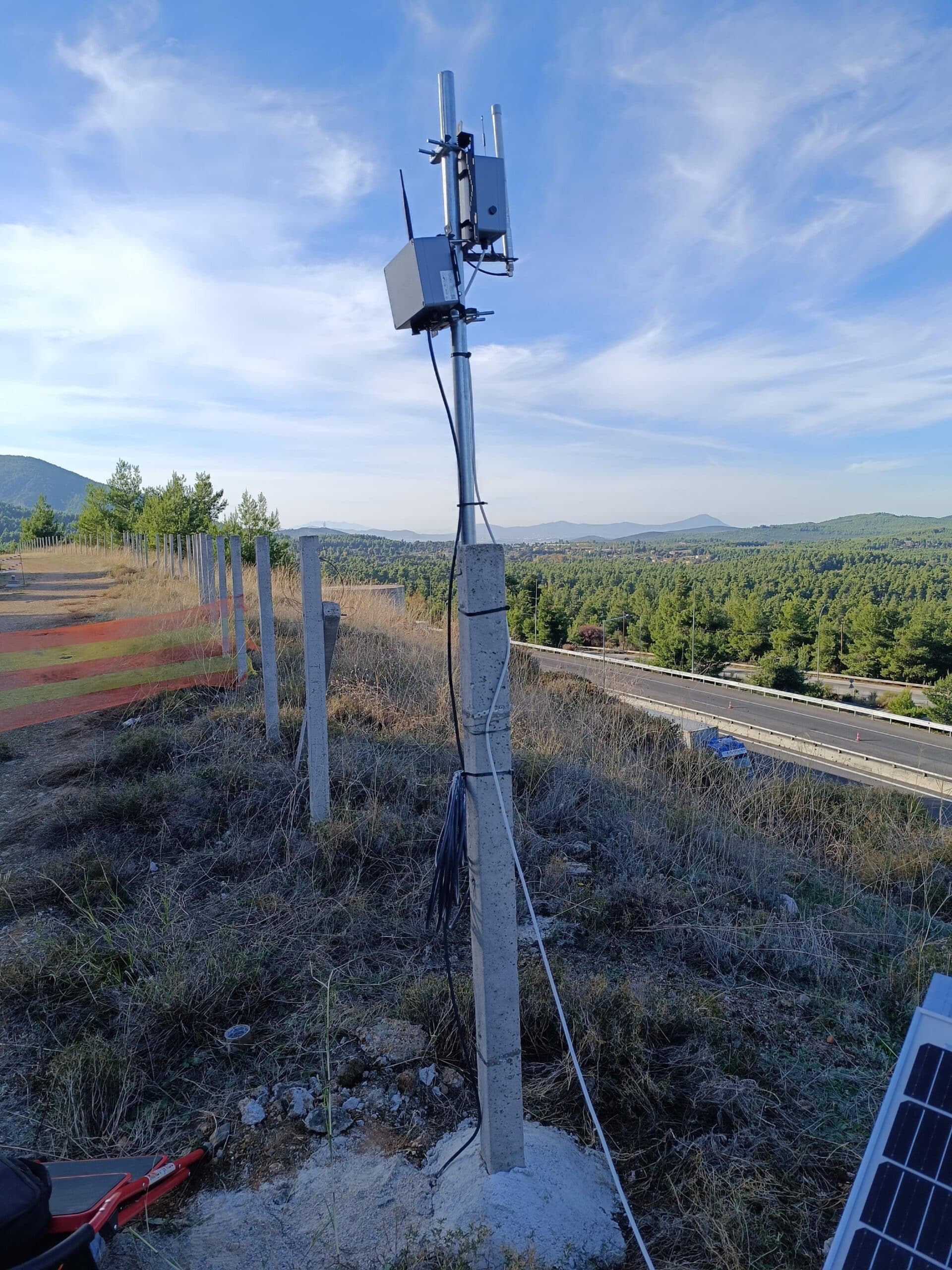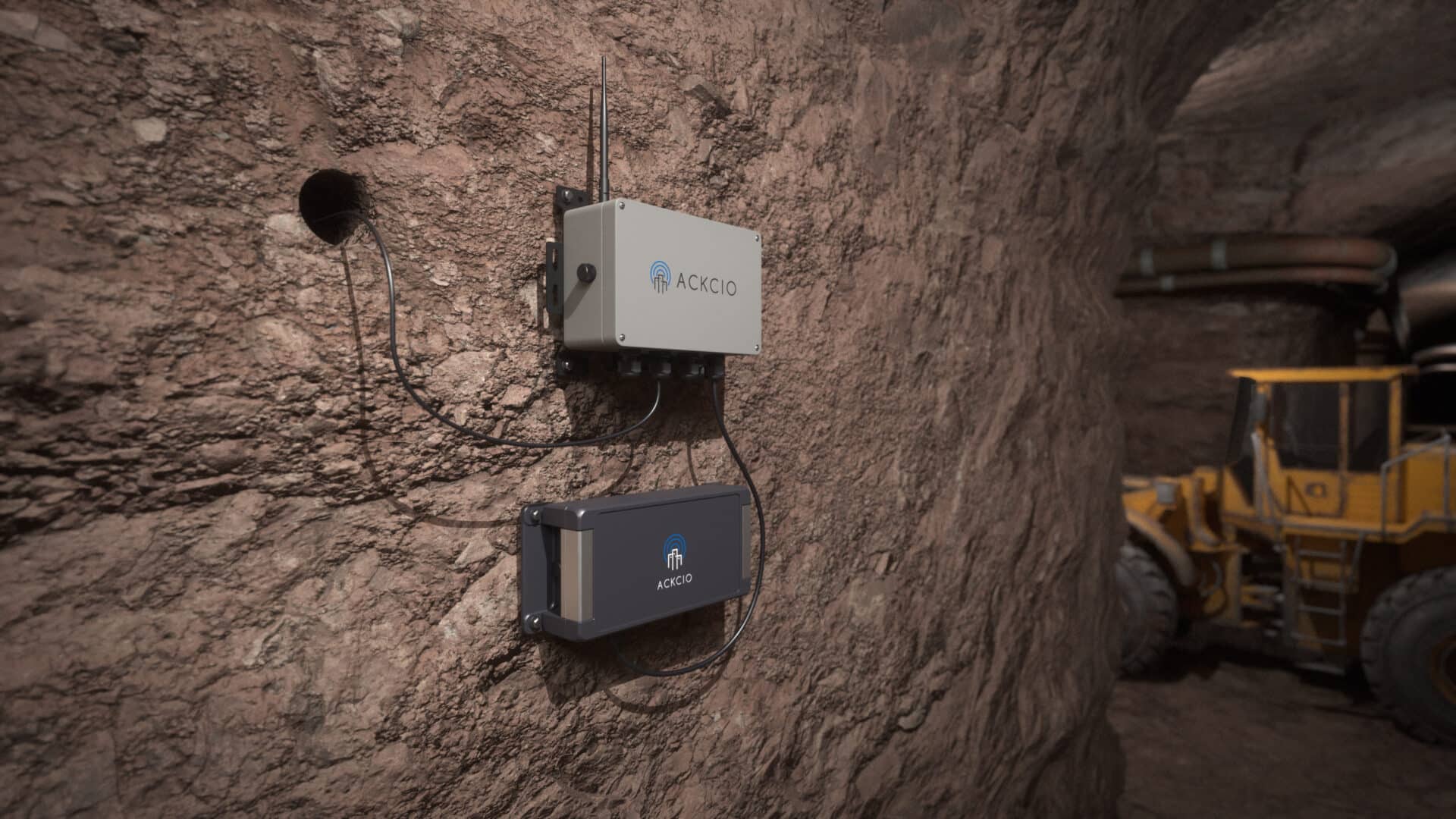Saving Costs with Wireless Monitoring: A Smart Alternative to Manual and Cable Monitoring

In today’s fast-paced business environment, cutting costs and enhancing efficiency is paramount for staying competitive. Wireless monitoring has emerged as a game-changing alternative to traditional manual and cable monitoring methods, offering significant cost-saving advantages. This post will explore how wireless monitoring can revolutionise your operations while reducing expenses.

1. Reduced Labour Costs
Manual monitoring requires on-site personnel to perform regular inspections, which can be time-consuming and labour-intensive. These labour costs can add up significantly, particularly in industries with large-scale operations. In contrast, wireless monitoring systems are automated, minimising the need for constant human presence. This results in substantial reductions in labour expenses. In a refinery expansion project in Singapore, the labour cost reduction is about 40%.
2. Elimination of Cable Installation Costs
Cable monitoring systems rely on installing physical cables, which can be costly and time-consuming. It involves material costs, labour expenses, and potential disruptions during installation. Wireless monitoring eliminates the need for extensive cable infrastructure, reducing installation and maintenance expenses. This cost-saving aspect is particularly beneficial for businesses with dynamic or remote operations. For instance, the wireless monitoring solution Ackcio Beam was chosen in a highway tunnel monitoring project over a traditional cabled system.

3. Enhanced Maintenance Efficiency
Wireless monitoring provides real-time data and automated alerts for anomalies or issues, enabling proactive maintenance. It reduces downtime, as problems are detected and addressed before they escalate. In contrast, manual monitoring may lead to more frequent and extended downtime, incurring higher costs associated with repairs and disruptions to productivity.
4. Scalable Growth
Wireless monitoring systems stand out in terms of scalability and flexibility. Unlike cabled systems, wireless systems allow for seamless expansion. The absence of physical cables eliminates the need for extensive modifications or installations, saving time and cost. Scalability enables the monitoring system to adapt to changing needs. It simplifies adding new sensors or extending monitoring to new areas.
5. Improved Resource Allocation
Wireless monitoring systems offer data-driven insights that help optimize resource allocation. Organizations can allocate personnel and equipment more efficiently by having accurate and real-time information about asset performance. It leads to a significant reduction in wasted resources and, ultimately, cost savings.
6. Enhanced Asset Longevity
Timely maintenance and early issue detection, made possible by wireless monitoring, can extend the lifespan of critical assets. It reduces replacement costs and ensures consistent and reliable asset performance over an extended period.

7. Reduced Environmental Impact
Wireless monitoring’s ability to identify issues early can prevent environmental disasters or hazardous situations. The cost savings in ecological remediation and regulatory compliance can be substantial while protecting the organization’s reputation.
In conclusion, wireless monitoring is a cost-effective and efficient alternative to manual and cable monitoring. It eliminates labour costs, reduces installation and maintenance expenses, improves resource allocation, extends asset lifespans, and mitigates risks, all while enhancing overall operational efficiency. In today’s competitive landscape, businesses must make data-driven decisions to remain agile and cost-effective, and wireless monitoring is a critical enabler in achieving these goals. By embracing wireless monitoring, organisations can significantly reduce costs while improving their operational effectiveness and sustainability.


